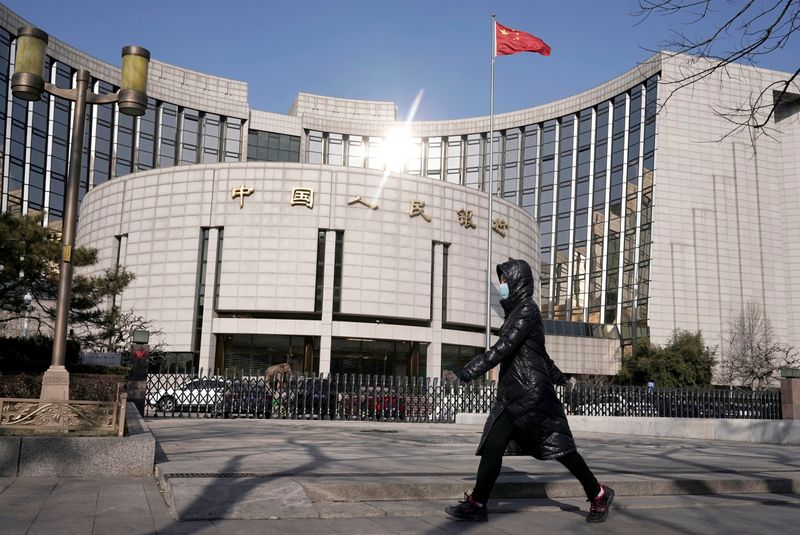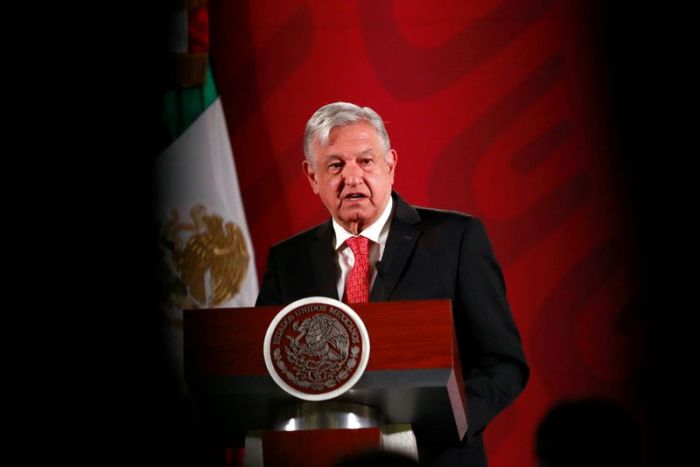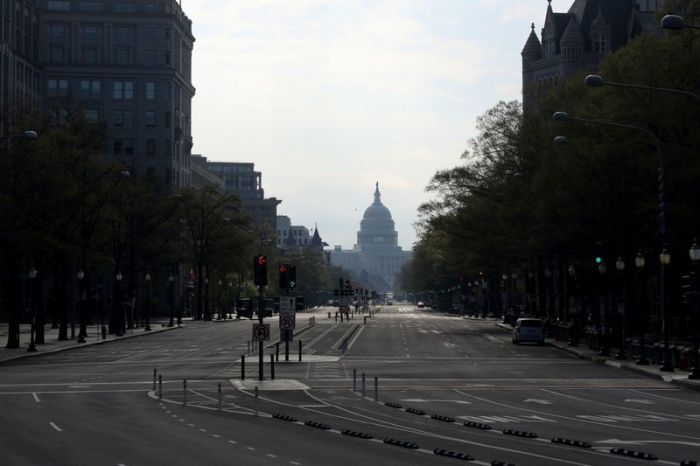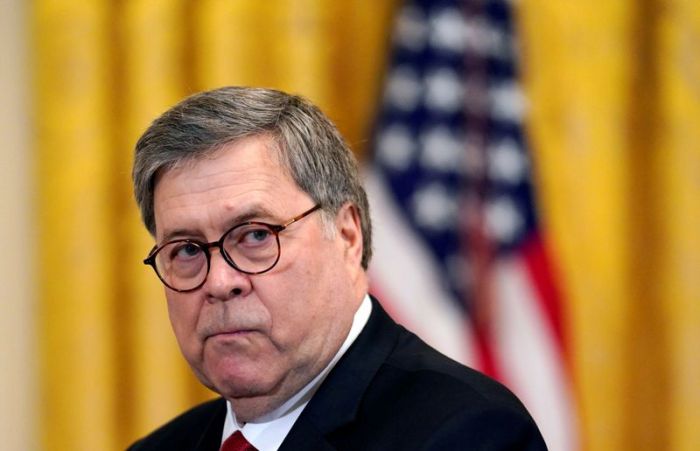SHANGHAI (Reuters) – China’s central bank on Wednesday stepped up policy support for its embattled economy, cutting a key rate to a record-low and reducing the amount banks must hold as reserves by around $28 billion as the coronavirus crisis slammed the brakes on growth.
Combined the moves inject a total of $43 billion into the financial system ahead of a report on Friday that is expected to show GDP fell 6.5% in the first quarter, the first quarterly contraction in the world’s second biggest economy in more than 30 years.
The People’s Bank of China (PBOC) said it was lowering the one-year medium-term lending facility (MLF) loans to financial institutions <CNMLF1YRRP=PBOC> to 2.95%, the lowest since the liquidity tool was introduced in September 2014, down 20 basis points from 3.15% previously.
The cut should pave the way for a similar reduction to the country’s benchmark loan prime rate (LPR), which will be announced on the 20th, to lower financing costs for companies hit by the pandemic.
In a statement, the central bank said that it was injecting 100 billion yuan ($14.19 billion) through the liquidity tool.
The cut was largely in line with market expectations, as economists believe the central bank would flatten the yield curve by lowering the MLF rate by the same margin as the cut to the 7-day reverse repo rate in late March.
“In general, the one-year MLF is still close to 3%, the highest among all major economies, which offers the PBOC space for further easing if things get worse,” Yun Xiong, portfolio manager at Green Harmony Capital in Hong Kong.
Some market participants believe the PBOC’s dual easing move on Wednesday – lowering the medium-term borrowing cost on the same day when the first phase of a targeted reserve requirement ratio (RRR) cut comes into effect – is a sign the authorities are stepping up monetary support as markets brace for grim economic data.
China is due to release its first quarter GDP data and activity indicators on Friday. Besides the first quarter contraction, analysts are forecasting 2020 growth to slow sharply to 2.5%, the weakest in nearly half a century, from 6.1% last year.
“Unlike previous easing cycles, when most of the new credit went to finance spending on infrastructure, property and consumer durable goods, this time we expect most of the new credit to be used on financial relief to help enterprises, banks and households survive the COVID-19 crisis,” Nomura analysts said in a note.
China’s central bank said earlier in the month it was cutting the amount of cash that small banks must hold as reserves to shore up the economy, which has been badly jolted by the coronavirus crisis.
The first phase of the cut came into effect on Wednesday, freeing up around 200 billion yuan ($28.37 billion) of long-term funds, the PBOC said in its statement, although it did not comment on the MLF rate cut.
MORE EASING EXPECTED
“With external headwinds mounting and domestic demand struggling to fully recover from the COVID-19 outbreak even as most firms have resumed operations, the PBOC appears to be ramping up the pace of monetary easing,” Julian Evans-Pritchard, senior China economist at Capital Economics said in a note.
“But more will be needed to ensure the economy gets back on track,” he said, and forecast another 100 basis points of additional rate reductions this year.
A lower MLF rate should incentivise commercial banks to reduce the lending benchmark, as the medium-term lending cost now serves as a guide for the LPR.
“We expect an LPR cut, but the magnitude does not necessarily match these 20-basis-point cuts,” said Frances Cheung, head of macro strategy in Asia at Westpac in Singapore, predicting a 5-10 basis points cut to the LPR.
Global central banks have rolled out unprecedented stimulus measures in the past few weeks, cutting rates sharply and injecting trillions of dollars to backstop their economies as many countries have been put under tight lockdowns to contain the pandemic.
However some analysts questioned whether monetary easing may be reaching its limits and doubt if it could provide a sufficient boost to demand needed to lift the economy.
“The problem is not the level of rates at the current juncture,” said Alicia Garcia Herrero, Chief Economist Asia Pacific at Natixis in Hong Kong.
“They need to prod (people) to consume,” she said, advocating the expansion of a consumption voucher program already begun at the local level in the city of Hangzhou.
“They are really under pressure not to cut any further, because insurance companies and banks are really worried about their margins,” she said.
There is no MLF loans due to expire on the day, though a batch of 200 billion yuan worth of such loans is maturing on Friday. Markets are usually primed for PBOC to take action when the outstanding loans expire.
(Reporting by Winni Zhou and Andrew Galbraith in Shanghai, Lusha Zhang in Beijing and Tom Westbrook in Singapore; Editing by Shri Navaratnam)

























